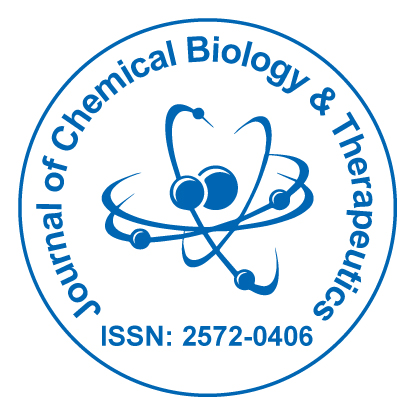Biochemical Composition of Indian Common Small Pelagic Fishes Indicates Richness in Nutrients Capable of Ameliorating Malnutrition and Age-Associated Disorders
Received Date: Jun 23, 2016 / Accepted Date: Sep 20, 2016 / Published Date: Sep 28, 2016
Abstract
Seafood is an excellent source of metabolically essential proteins, vitamins, trace elements and polyunsaturated fatty acids. There is a rising awareness of the beneficial role of fish and other marine foods in human nutrition. The knowledge regarding the nutritional significance of fish in counteracting the malnutrition and age-associated chronic diseases are relatively scanty. In this present study, an attempt has been made to examine the proximate composition, amino acid profile and fatty acid composition of small pelagic fishes (sardine, mackerel and anchovy) available in Indian south-west coast waters. The biochemical parameters were determined using standard experimental protocols. The low value small pelagic fishes are found to be rich sources of ω-3 Fatty acids [eicosapentaenoic acid (EPA) & docosahexaenoic acid (DHA)], which are very much essential for the development of brain and heart tissues. Sardine and mackerel possess all the essential and non-essential amino acids in a balanced proportion capable of ameliorating the protein deficiency disorders. The non-protein amino acid taurine essential for various physiological functions was also found to be present in rich quantities in small pelagic fishes. Presence of sulphur containing amino acids cysteine and methionine and high histidine content adds functionality to the nutritional value of small pelagic fish protein. Anchovies and sardine are valuable sources of calcium, which can effectively be used to combat calcium deficiency in children. The result of the present study has indicated that small pelagic fishes [sardine, mackerel and anchovy] are potential sources of attenuating malnutrition-related diseases and age-associated disorders.
Keywords: Proximate composition; Amino acid; Fatty acid; Small pelagic fishes; HPLC; Gas chromatography
Citation: Sumi ES, Vijayan DK, Jayarani R, Navaneethan R, Anandan R, et al. (2016) Biochemical Composition of Indian Common Small Pelagic Fishes Indicates Richness in Nutrients Capable of Ameliorating Malnutrition and Age-Associated Disorders. J Chem Biol Ther 2: 112. Doi: 10.4172/2572-0406.1000112
Copyright: © 2016 Sumi ES, et al. This is an open-access article distributed under the terms of the Creative Commons Attribution License, which permits unrestricted use, distribution, and reproduction in any medium, provided the original author and source are credited.
Share This Article
Open Access Journals
Article Tools
Article Usage
- Total views: 14406
- [From(publication date): 11-2016 - Apr 03, 2025]
- Breakdown by view type
- HTML page views: 13276
- PDF downloads: 1130
